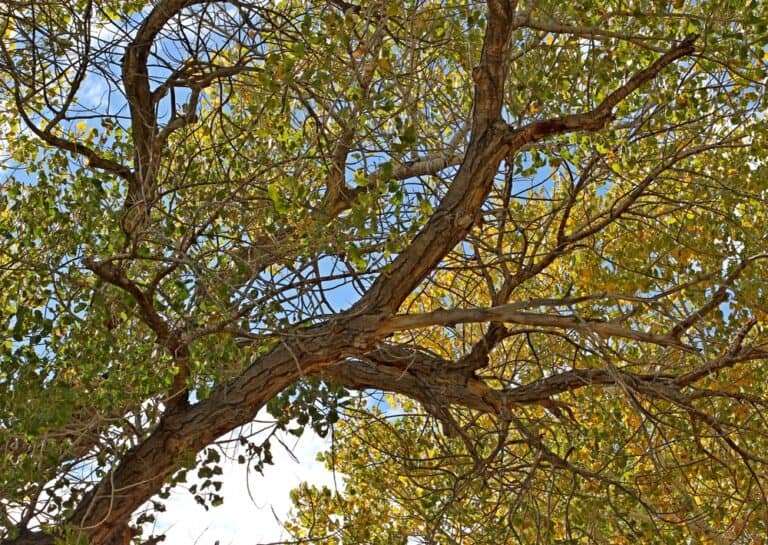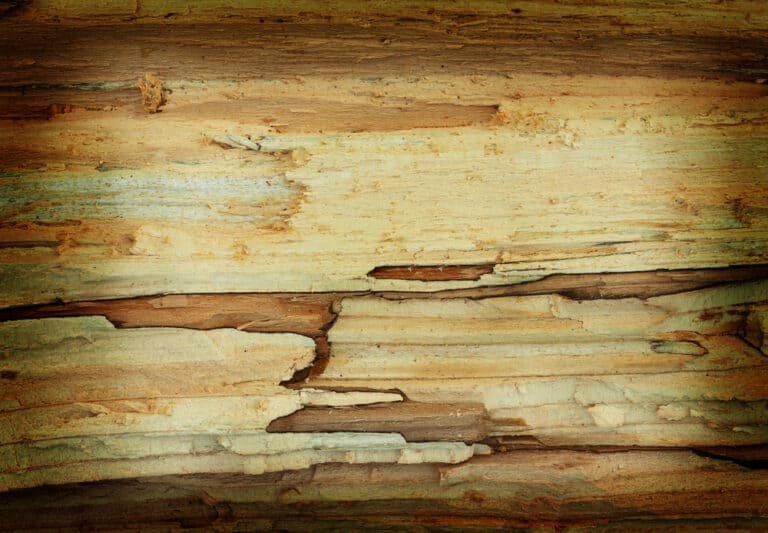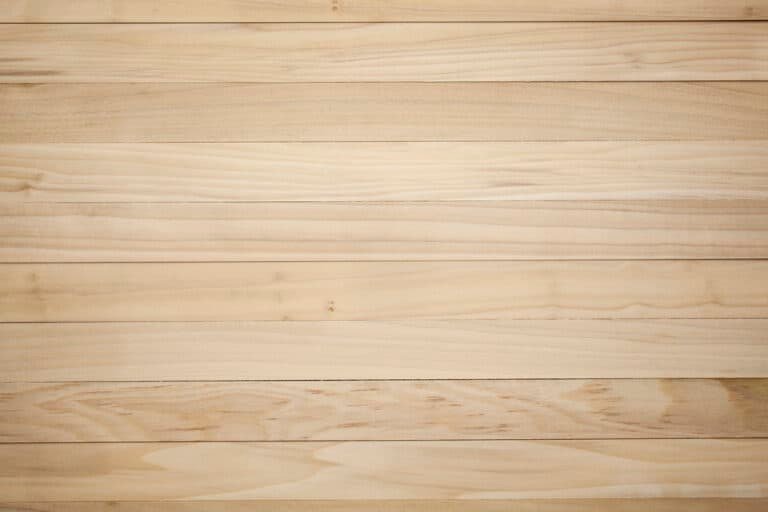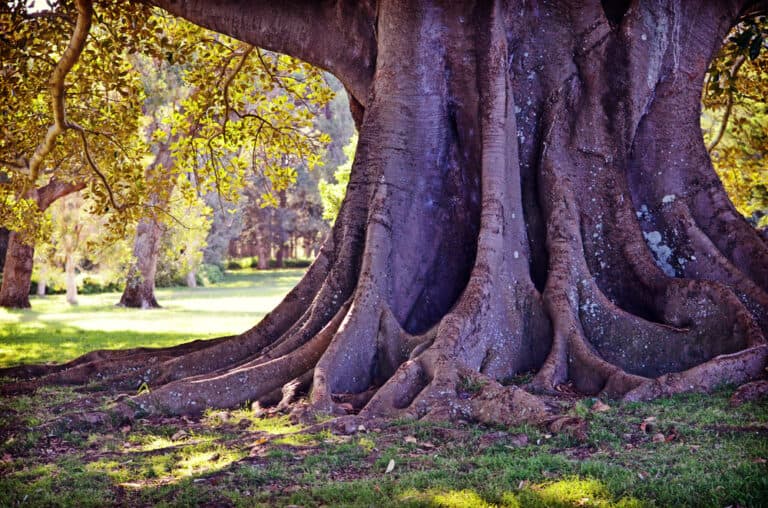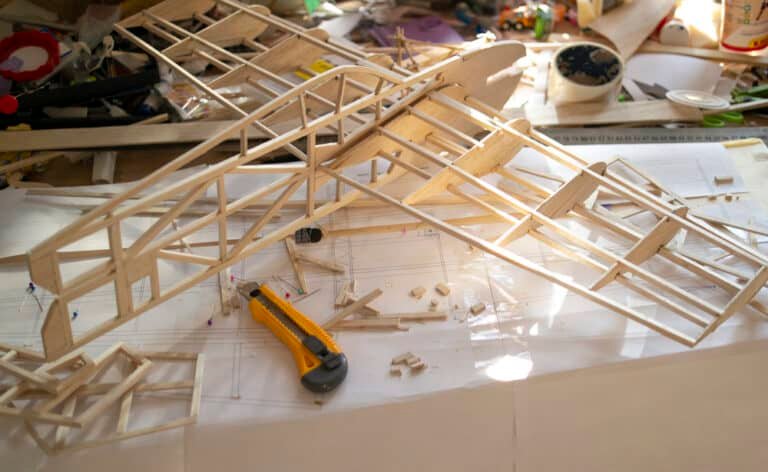Wondering if you can carve eucalyptus wood for your next project? If so, then you’ve come to the right place. We will explore eucalyptus wood’s properties and discuss its pros and cons as a material for your carvings.
Eucalyptus wood can be used for carving. However, it is difficult to carve due to its high oil content and stringy texture. It is also known to be brittle and tends to split or crack. Yet, some carvers have succeeded with Eucalyptus by using sharp tools and carving the wood when it is green.
Pros of Carving with Eucalyptus:
- Durable: Eucalyptus is a hard, dense wood, making it durable and long-lasting, perfect for furniture or outdoor sculptures.
- Fine Grain: The fine grain of eucalyptus can result in a smooth finish after carving, which is aesthetically pleasing and desirable for detailed work.
- Aromatic: Eucalyptus has a distinctive, pleasant smell that can make the carving experience enjoyable, and the finished product can retain this aroma for some time.
- Sustainability: Eucalyptus trees grow quickly and are often farmed sustainably, making eucalyptus wood more eco-friendly than other hardwoods.
- Variety of Colors: Eucalyptus wood can vary in color from pale to reddish-brown, offering a range of natural hues for artistic projects.
Cons of carving with eucalyptus:
- Difficulty: Due to its hardness, Eucalyptus wood may be challenging to carve, especially for beginners, and can dull tools more quickly.
- Oil Content: The natural oils in eucalyptus wood can be a challenge as they may cause issues with finishing or gluing.
- Cracking and Splitting: Eucalyptus wood has a tendency to crack and split as it dries, which can be problematic for carvers.
- Irregularities: The wood can sometimes have internal stresses and irregular grain patterns that make it unpredictable to work with.
- Allergic Reactions: Some people may be sensitive to eucalyptus dust or oil, which can cause allergic reactions during the carving process.
- Shrinkage: Eucalyptus can shrink by as much as 25% during the drying process
Unique Characteristics of Eucalyptus

Sustainability: Eucalyptus is a fast-growing hardwood, making it a sustainable choice as it is readily available and typically more affordable than other hardwoods.
Color Variations: The wood of eucalyptus comes in various colors. Red Eucalyptus has a dark red color, while Pink Eucalyptus has a light pink hue, both offering attractive options for woodworking projects.
Density and Strength: Eucalyptus wood is very strong and dense, which contributes to its durability. However, it can be brittle and may not be resistant to shock, which can lead to breakage.
Workability: Despite its density, eucalyptus is relatively easy to work with. It cuts well and can be glued, finished, and stained effectively, especially when kiln-dried.
Grain and Texture: The wood typically has a straight and even grain with a medium texture, which can contribute to a pleasing aesthetic in finished projects.
Moderate Durability: While eucalyptus wood is considered moderately durable, it is not as resistant to decay as some other hardwoods and can be susceptible to insect attack.
Technical Properties: Eucalyptus has a high average dried weight and specific gravity, a strong modulus of rupture, and significant crushing strength, making it suitable for heavy-duty applications.
Shrinkage: The wood exhibits considerable shrinkage, which can be a factor to consider in environments where humidity varies.
Tips for Carving Eucalyptus Effectively
1. Select the Right Species: There are over 700 species of eucalyptus trees, and not all are suitable for carving. For instance, the rose gum (Eucalyptus Grandis) is known for its dense grain, making it durable and pliable enough for carving tools.
2. Tool Preparation: Ensure you have the right tools before you start. A medium-weight axe, a hook knife, and a straight knife are essential. The axe should be heavy enough to do the job but comfortable to use. The knives should be sharp and designed for carving, with the straight knife used for straight cuts and the hook knife for detailed work.
3. Start Shallow: Begin with shallow cuts to avoid taking off too much material and to maintain control over the carving process. This approach helps in achieving a smooth finish.
4. Work With the Grain: Eucalyptus wood has a dense and straight grain. Carving with the grain, rather than against it, will make the process easier and help prevent the wood from splitting.
5. Finishing: Eucalyptus wood is difficult to stain due to its high oil content, but it is naturally water-resistant. For finishing, you might consider using Linseed oil, which has hydro-repellent properties and can enhance the wood’s durability.
6. Be Aware of Wood Movement: As eucalyptus dries, it can shrink, which may alter the dimensions of your project. This can also cause screws and fasteners to loosen over time, so proper drying and sealing of the wood are crucial.
7. Safety Precautions: Eucalyptus wood is known for its high oil content, which can be an irritant. Always wear a dust mask and work in a well-ventilated area to avoid inhaling sawdust.
8. Patience with Drying: Eucalyptus wood is prone to cracking as it dries. Allowing the wood to dry slowly and evenly can help minimize this issue.
9. Regular Tool Maintenance: The hardness of eucalyptus wood can have a blunting effect on tools, so regular sharpening may be necessary.
Eucalyptus Wood Carving Projects Ideas
1. Wooden Jewelry: Eucalyptus wood can be carved into beautiful wooden jewelry pieces such as earrings, pendants, and bracelets. Its fine grain allows for detailed work, which is perfect for intricate designs.
2. Wooden Engagement Ring Boxes: Carving small boxes for engagement rings or other jewelry from eucalyptus wood can be a unique project. The wood’s durability ensures the box is long-lasting, while its natural coloration adds to the aesthetic appeal.
3. Decorative Art Pieces: Eucalyptus wood can be used to create various art pieces, from sculptures to wall hangings. Its hardness allows for the creation of detailed and durable art.
4. Wooden Coasters: Crafting coasters from eucalyptus wood can be a practical project. The wood’s natural oils can help make the coasters water-resistant, and the fine grain gives a smooth finish.
5. Cross Pendants: For those interested in religious or spiritual carving, eucalyptus wood can be used to carve cross pendants, which can be simple or detailed, depending on the carver’s preference.
Safety Considerations When Working with Eucalyptus Wood
1. Allergic Reactions: Eucalyptus wood contains oils that can cause allergic reactions or sensitivities in some people. It’s important to be aware of any personal sensitivities to eucalyptus before starting a carving project.
2. Dust Inhalation: Carving can produce fine wood dust, which can be harmful if inhaled. Eucalyptus dust, in particular, may carry the risk of respiratory problems due to its oil content. Always carve in a well-ventilated area and consider wearing a dust mask or respirator.
3. Tool Sharpness: Eucalyptus wood is hard, which can lead to more frequent sharpening of tools. Dull tools are more dangerous because they require more force to cut, increasing the risk of slipping and causing injury. Always keep your tools sharp and handle them with care.
4. Splinters: The wood can splinter, and these splinters can be quite sharp. It’s advisable to wear gloves to protect your hands while handling and carving the wood.
5. Toxicity: While eucalyptus wood is not generally toxic, the dust created during carving can be irritating to the eyes, skin, and respiratory system. Safety goggles and protective clothing are recommended.
6. Fire Hazard: The oils in eucalyptus wood can be highly flammable, so it’s important to keep the carving area free from open flames and sources of sparks.
7. Equipment Safety: Use of power tools requires additional safety measures. Ensure you are trained in the use of any power tools and that you wear appropriate safety gear, including eye and ear protection.
Finishing Techniques for Eucalyptus Wood Carvings
Here’s a few finishing techniques that should make your job easier.
First, sanding is essential when working with eucalyptus wood. Sanding will help smooth out any rough edges or irregularities in the carving and give it a more polished look. It’s important to use fine-grit sandpaper so as not to damage the delicate grain of the wood.
After sanding, apply a sealant or finish such as polyurethane or varnish.
This will protect your carving from moisture while also bringing out its natural beauty.
Consider using dyes on your eucalyptus wood carvings for a unique and fun look!
Dyes come in many different colors and can be used to add depth and contrast to your pieces without having to resort to painting them directly onto the surface of the wood itself (which could potentially ruin its delicate grain).
When using dyes, always test them on scrap pieces first before applying them directly onto your finished piece just in case they don’t turn out how you expected them too.
Waxes are another great way of protecting your eucalyptus wood carvings while giving them an extra shine if desired.
Waxes come in liquid form (for easy application) and paste form (for those who prefer a more hands-on approach).
Troubleshooting Common Issues When Working with Eucalyptus Wood
Here are some tips on troubleshooting common issues when working with eucalyptus wood.
Splintering:
One of the most common problems encountered while working with Eucalyptus is splintering. This occurs because the grain in this type of wood runs parallel to its length, making it prone to splitting along its length if not appropriately handled.
To prevent splintering, use sharp tools and make sure that your cuts are clean and precise.
It’s also essential to keep your blades lubricated as you carve so that they don’t get too hot or cause friction which could lead to splitting or cracking in the material.
Chipping:
Another issue that often arises when working with Eucalyptus is chipping at the edges due to uneven pressure applied during the cutting or sanding processes.
To reduce chipping, always use a steady hand and even pressure while carving or sanding any piece made from this type of wood.
Additionally, using a softer grade sandpaper such as 150-grit will help reduce chipping around delicate details like small curves or intricate designs.
